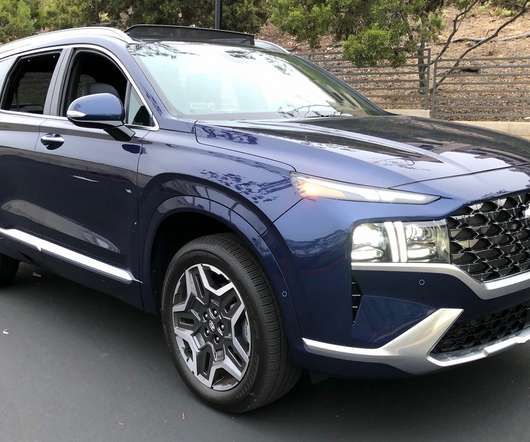RIP natural-gas cars, doomed by cheap gas and electric cars
Green Car Reports
AUGUST 17, 2017
Natural gas vehicles were first promoted starting in about 2000 as a way to reduce reliance on imported oil and cut tailpipe emissions. Their promise appeared to grow near the height of the global financial crisis, when gas prices hovered around $4 per gallon across much of the United States.












Let's personalize your content